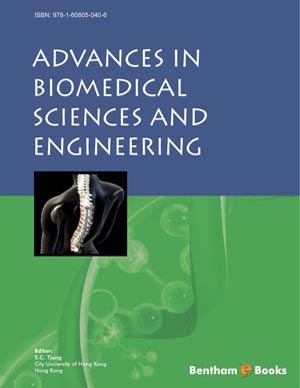Abstract
A brief review on the progress on in vivo studies of α-particle radiation effects using zebrafish embryos was given in this chapter. The zebrafish, Danio rerio, a small vertebrate from Southeast Asia, has become a preferred model for studying human disease. The main challenges of these α-particle radiobiological experiments included quantification of alpha-particle dose. In particular, specially etched polyallyldiglycol carbonate (PADC) films, which are a kind of solid-state nuclear track detector (SSNTD), were chosen as support substrates for zebrafish embryos. The fabrication procedures were outlined. Methods for quantification of alpha-particle dose were described. Preliminary in vivo studies on the radiation effects of alpha particles in zebrafish embryos were briefly reviewed. These included results on low-dose radiation effects of α particles as well as results on alpha-particle-induced bystander effects between zebrafish embryos in vivo.

















